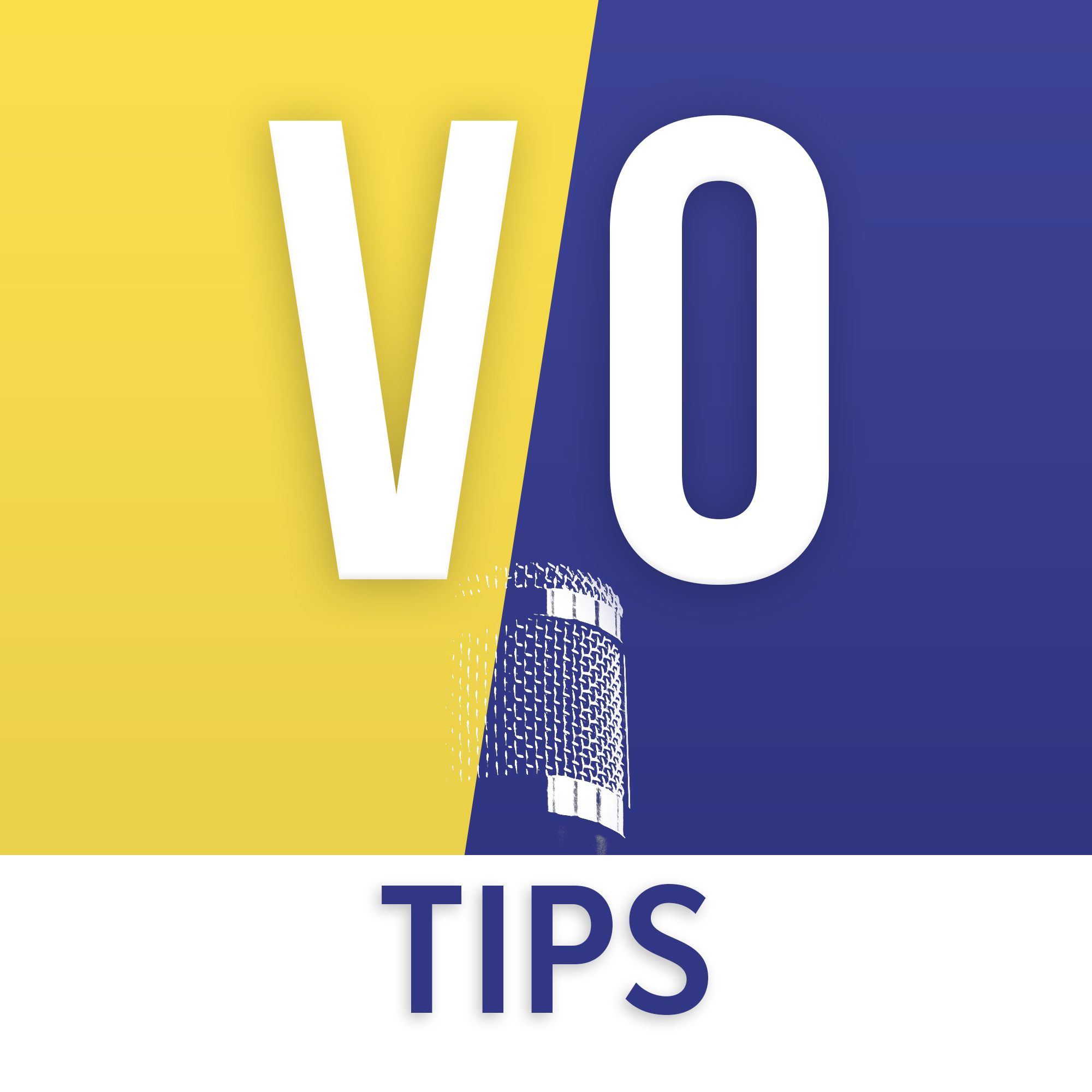If you’re looking for some recommendations on which types of equipment you need to get started, this short guide will help you. This is a general rundown of what type of equipment you’ll need. For specific recommendations, see the Beginner’s Gear Guide.
There are 5 main things you’ll need:
- Microphone
- XLR Cable
- Audio Interface
- Headphones
- Audio Editing Software
Optional accessories: pop filter, mic booster.
Let’s get going.
Contents
Microphone
There are two types of mics you can choose from: condenser or dynamic.
Condenser mics pick up more clarity and are extremely sensitive. You’ll need an ultra-quiet recording space for these. As a rule of thumb, “good” condenser mics are typically more expensive compared to dynamics.
Dynamic mics tend to pick up less of the ultra-high frequency range (16khz+) but the “good” range of mics usually have a lower price point than condensers. They also have a tendency to reject more room noise than condenser mics, which can be a good thing in some cases. The downside is some of these microphones have a lower output level, which means you may need to use a mic booster.
XLR Cable
This one is easy. You need to connect your microphone to your audio interface and the way you can do this is with an XLR cable.
Don’t buy the expensive ones. This is an area that I’ve found price doesn’t really matter (with some caveats… see below). The only thing you may notice with cheaper cables is the rubber casing may be thinner and it could feel flimsy. Not a problem if your equipment is staying in one spot. If you’ll be moving things frequently, it might be better to spend a couple dollars more on a mid-range XLR. Otherwise, the least expensive one is usually just fine.
If you go with a low cost XLR cable, don’t run it over electrical cables or plugs. These cheaper cables have little or no shielding and can easily pick up electrical interference, destroying the voiceover you spent valuable time on!
Audio Interface
Your audio interface is what translates the signal from your mic into something your computer can understand. Today, these are nearly all USB powered devices which can supply phantom power (48 volts) to your mic. This is important if you’ve selected a condenser mic, since condenser mics almost always need to be supplied with 48 volts.
Before you buy an interface, read some reviews by searching “[interface model] noise floor” on Google. A high noise floor is usually because of cheap parts and will result in audible hiss in your recordings.
You might be able to get away with using the mic input jack on your computer, but I advise doing some serious testing before booking a paid gig. These components are usually fine for gaming mics and Zoom calls, but aren’t high enough quality for professional voiceovers.
Headphones
For starters, any decent-quality headphones will work. Apple headphones will be fine as long as they have the 1/8 inch plug as opposed to the lightning connector.
When you’re ready to upgrade, look for closed-back headphones to reduce bleed. You’ll want to search for neutral sounding headphones that don’t color your sound too much. Beats headphones would not be good for this as they add a lot of bass. They’re great for music, but not so great for getting a true representation of your voice.
Audio Editor or DAW
Your audio editor or DAW (Digital Audio Workstation) is where you’ll spend a lot of time editing your audio. There are some free programs out there. Audacity is one of the most widely-used free programs, and it’s excellent for the price.
Reaper is another great program. It retails for a one-time price of $60. It’s a powerful application and you don’t have to pay each month to use it.
Adobe Audition is my personal DAW of choice. It’s super powerful and comes with a great set of default plugins that will get your voiceovers sounding pro. The downside is you’re paying $21 every month forever if you want to keep using it. Students can get the entire Adobe Creative Suite for $20 a month.
Bottom Line
When you’re starting out, you can spend anywhere from $40 to $1000 to start out, and even much higher. Some industry standard microphones cost over $1000 alone (!!!).
I would recommend spending as little as possible to “prove your concept” and upgrading equipment as you need. After all, you can always sell your entry-level hardware when you upgrade.
Now that you know what you need, read this to see some specific recommendations.
As an Amazon Associate I earn from qualifying purchases. That means I’ll receive a small commission for purchases you make in relation to links you click on this website, but it doesn’t affect the price of the items.
